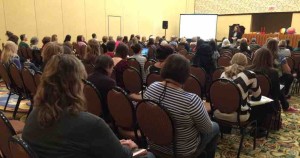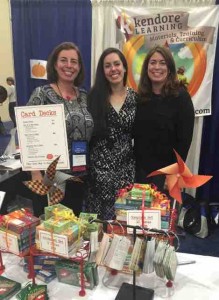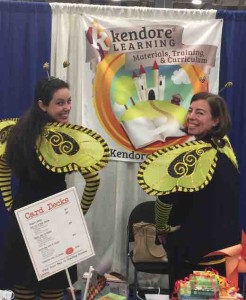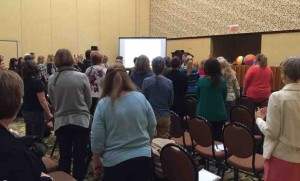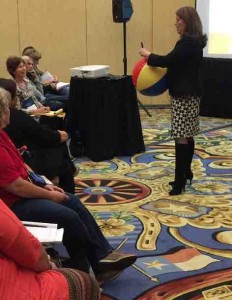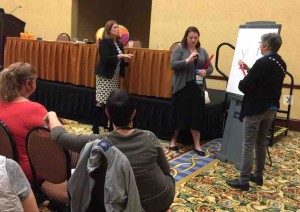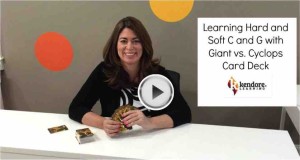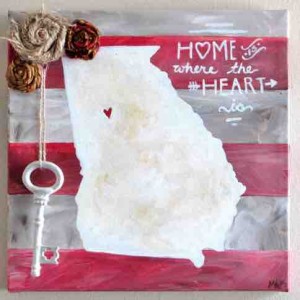b d Reversals
March 31st, 2016 by Jennifer HasserWhy Do Children Experience b d Confusion?
To understand b d reversals, it helps to think about how we learn to label objects. When children are very young and beginning to acquire language, the first thing they learn is to associate names with objects. They learn that a ball is a ball, a cup is a cup, and so on. They also learn that no matter how they view an object, its name typically does not change — a cup is still a cup whether it’s on the table or upside down on the floor.
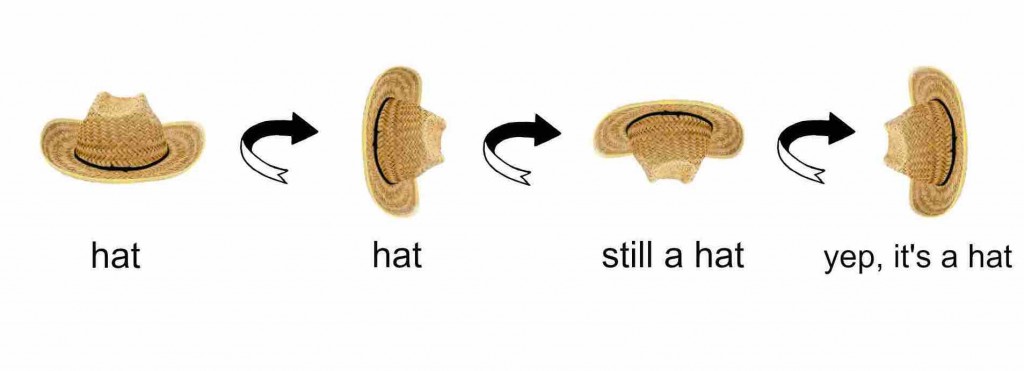 When we introduce letters to children, things get a bit more tricky. Thankfully, most letters look unique, making them easier to associate with their name. For instance, y, k, f, and e all look different. They can be identified even if they are viewed backward or on their side. This is not so for b and d. They are mirror images that look so similar that they are difficult to tell apart. Furthermore, if these tricky twins are flipped upside down, p and q become involved!
When we introduce letters to children, things get a bit more tricky. Thankfully, most letters look unique, making them easier to associate with their name. For instance, y, k, f, and e all look different. They can be identified even if they are viewed backward or on their side. This is not so for b and d. They are mirror images that look so similar that they are difficult to tell apart. Furthermore, if these tricky twins are flipped upside down, p and q become involved!
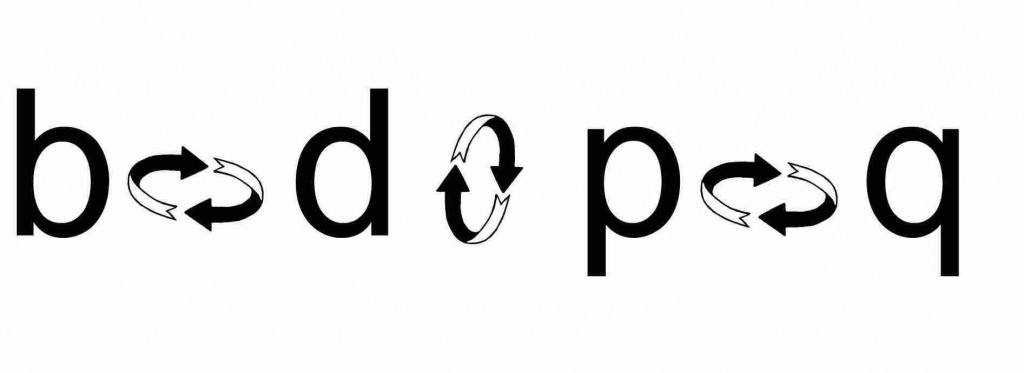 It is important to note that b d confusion is NOT a phonics issue — children do not say “mom and bab” instead of “mom and dad.” They are not confusing the sounds, they are visually confusing their symbols.
It is important to note that b d confusion is NOT a phonics issue — children do not say “mom and bab” instead of “mom and dad.” They are not confusing the sounds, they are visually confusing their symbols.
Most children under age seven make occasional b d reversals. This is not a concern and will correct itself over time. But children with learning issues, including dyslexia, can have b d confusion that persists past the age where children begin to accurately discriminate between b and d.
How to Correct b d Reversals
The most effective way to promote learning is through frequency, intensity, and duration. In other words, the best way to correct b d reversals is to spend time with b and d! Students should be taught correct mouth formation when each sound is made and they should be exposed to b d discrimination activities repeatedly over time. Kendore Learning’s dabboo hand tattoos intensely reinforce b d identification over a period of several days. To learn more b d reversal remedies and to learn a helpful b d fingerplay, watch the videos below.


